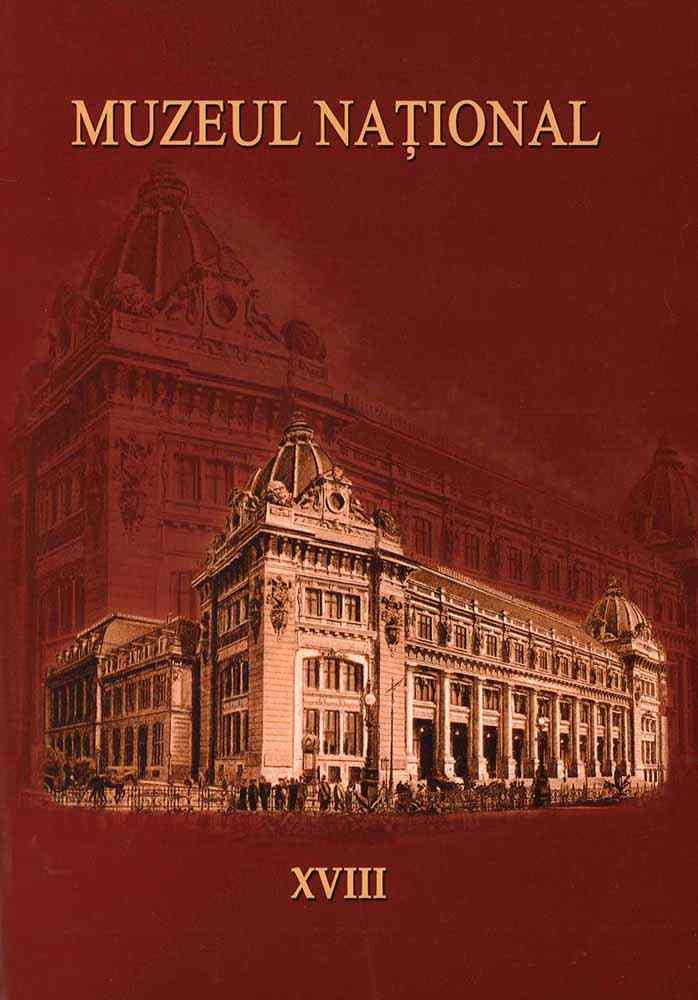| Excerpt |
The authors present two projects, designed by the Romanian artist Ary Murnu - Arytomene Murnu Gheorghiadis (1881-1971). The first one is the drawing of the obverse for a so far unknown issue of a 10 lei banknote, dated 15th March 1937. By ordering this sketch, the National Bank of Romania did the first attempt to issue a bill with such a denomination. The project for the 10 lei banknote represents also another important première in the history of the Romanian numismatics. Its design contains the first representation of a leading figure of the Romanian culture – the portrait of the poet Mihai Eminescu (1850-1889). Unfortunately, for, so far, unknown reasons, the project were abandoned. Actually, the legal paper circulating tenders with the face value of 10 lei will by introduced into the current circulation, only in 1952, and the first banknotes bearing the portrait of the Mihai Eminescu will be issued only after 1991. The second project made by Murnu, recently uncovered is that used, with some alterations, for issuing the 20 lei Treasury bills of 15th August 1947 (MBR no 133) and the later one, until the 30th January 1950 (MBR nos 134-136b). The authors have proved that actually, the project of the 20 lei Treasury bill of 1947 was done long times ago, before 6th September 1940. The medallion with the portrait of the former King, Charles II (1930-1940) previously represented on the obverse of the project, was later covered by a new one, representing the heads of Roman Emperor Trajan and of Dacian King Decebalus, the mythical founders of the Romanian Nation. Two other glued sheets of paper with the signatures of the Finance Minister, Alexander Alexandrini, and of the Director of the Budget and State’s General Accounting Board, Panait Gheorghiu, covered also the previous signatures. The original project contained on the reverse the representation of the Romanian Royal coat-of-arms, which was omitted in the printed version of the 15th August 1947 bill, though Romanian was still a Kingdom. The project of the 20 lei Treasury bills of 15th August 1947 is a silent witness of the political struggle underwent during 1945-1947 between the highest representatives of the Romanian Communist Party infiltrated in the state apparatus and the legal representatives of the constitutional order, represented by the King, as head of state. The banknotes and the Treasury bills which were considered powerful messengers of political ideas didn’t escaped this underground battle to undermine the constitutional rights of the King. To elude these rights, the Communist went so far that excluded even the state coat-of-arms of most of the bills, which represented a severe violation of the national sovereignty. However, the bills of 20 lei, 1947-1950 designed by Murnu will be the last representatives of the traditional pre-Communist period Romanian paper tenders which survived in an era of rapid Sovetisation of the country, of huge pressures to demolish the historical and cultural traditions of the Romanian society, undertaken by the Communist Party. |

